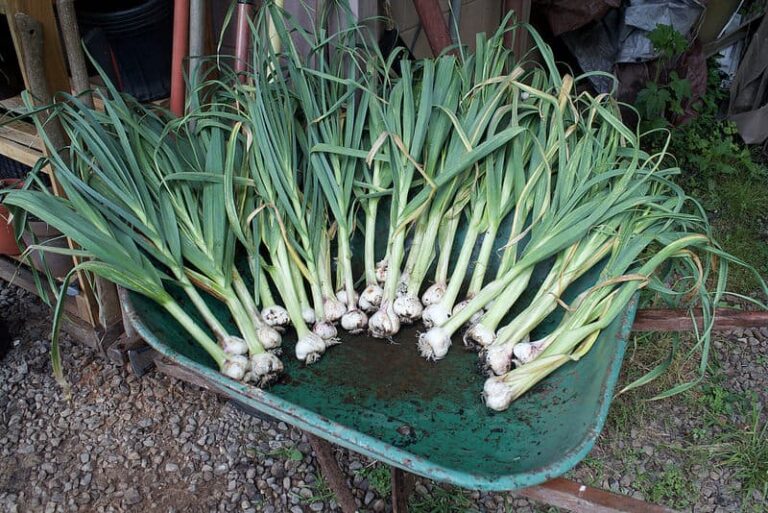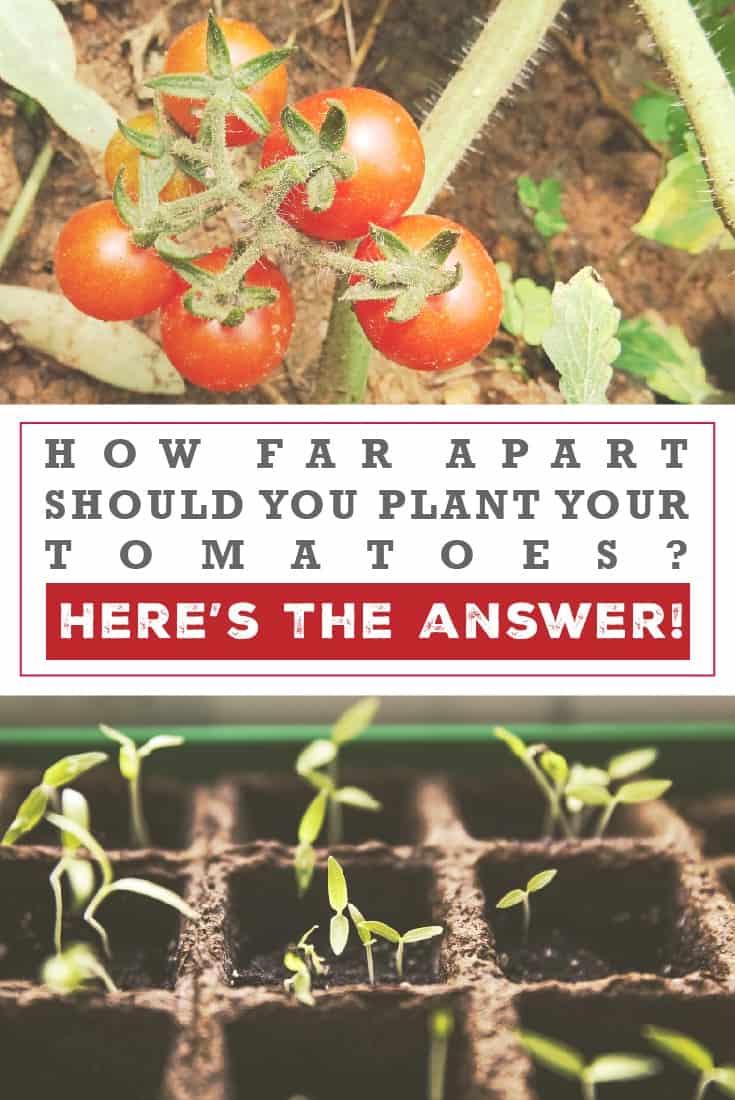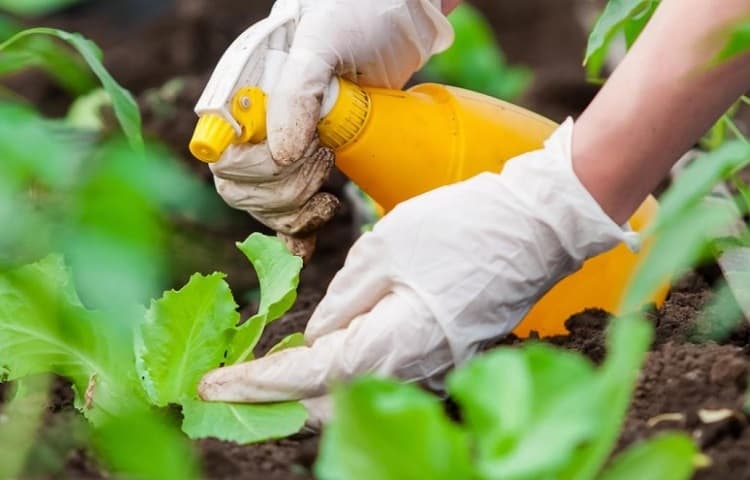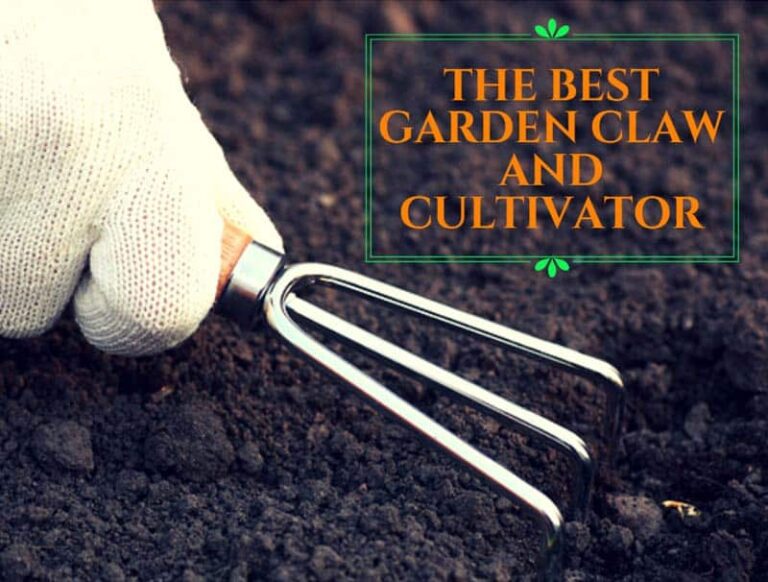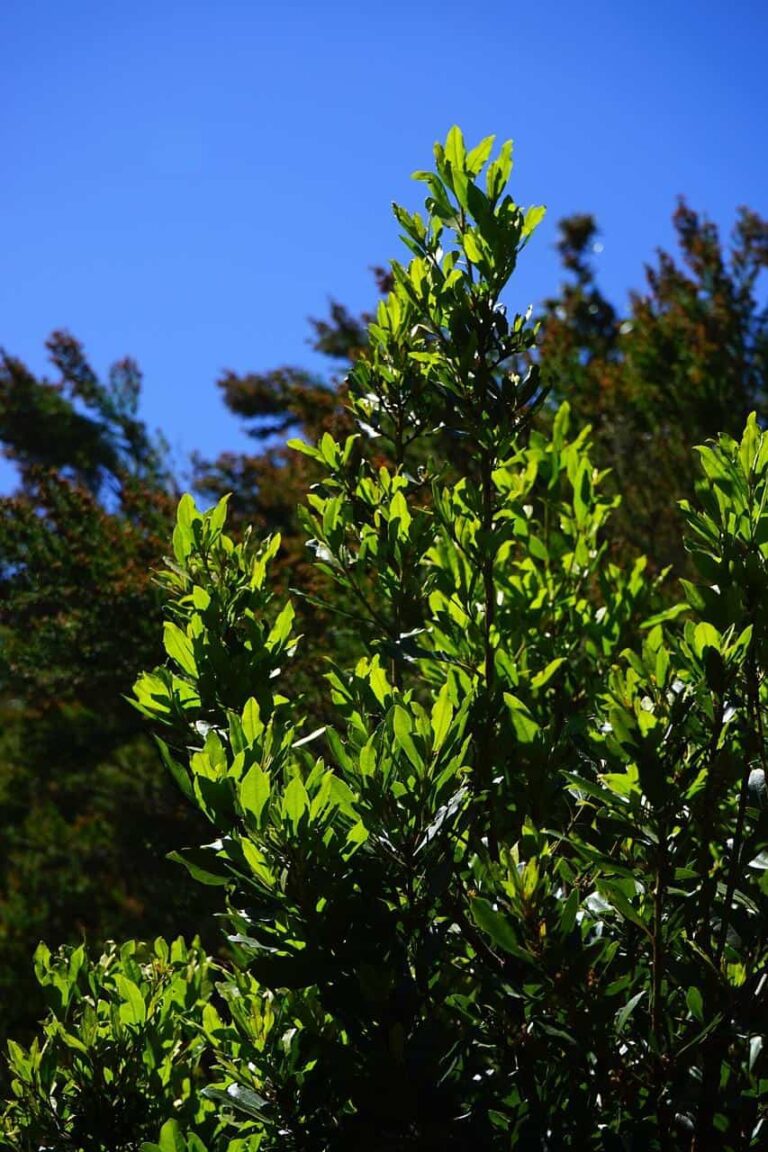How To Propagate Aloe
Learning how to propagate aloe plants is a rewarding experience. You get to grow your own tiny aloes from cuttings, pups, or seeds and watch the magic happen.
However, before diving into aloe propagation, you can learn the best methods for growing these plants.
Find out what soil mixtures are the most conducive for successful aloe propagation and whether it is necessary to add rooting hormones to the process.
Then start your new gratifying journey in how to propagate aloe plants from the ground up (pun intended).
What Is Propagation?
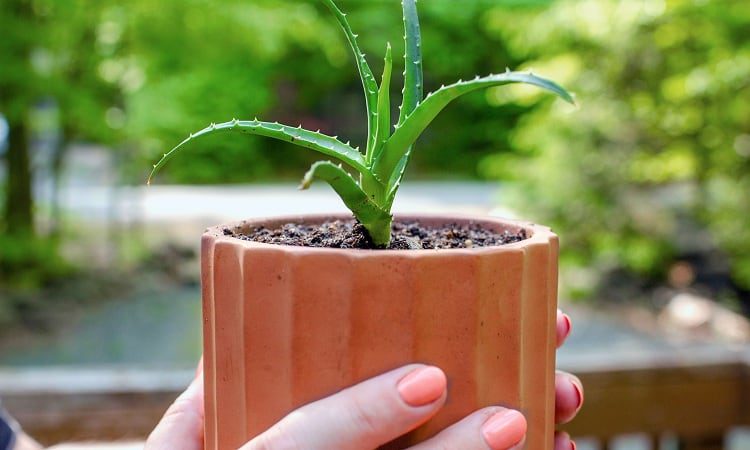
Propagation in horticulture refers to artificial intervention to create new plants from existing ones.
Propagation takes two forms. One is sexual, and the other is asexual. Sexual propagation occurs naturally in nature but can also occur through human intervention.
This propagation form occurs when the pollen from a plant and the eggs come together to create a new plant.
The new plant acquires genetic material from both the male and female parts of the plants to create a unique, new plant.
Propagation through asexual methods occurs when people take a piece from an existing plant to create a new plant through regeneration.
Unlike sexual propagation, which results in a unique plant with genetic material from the male and female of two plants, asexual propagation results in a new plant with the same genes as its parent.
Asexual propagation can take place by using the leaves, stems, or roots of a plant.
People use this propagation method because it is typically quicker than sexual pollination.
It is also more cost-effective than growing plants from seeds.
Another reason for using asexual propagation is to hybridize plants or capture other valuable characteristics.
Other characteristics include robustness, hardiness to survive in various climates, or ensuring a plant species’ survival.
In this article, we discuss asexual propagation and how to propagate aloe plants.
Cutting vs. Separating Pups
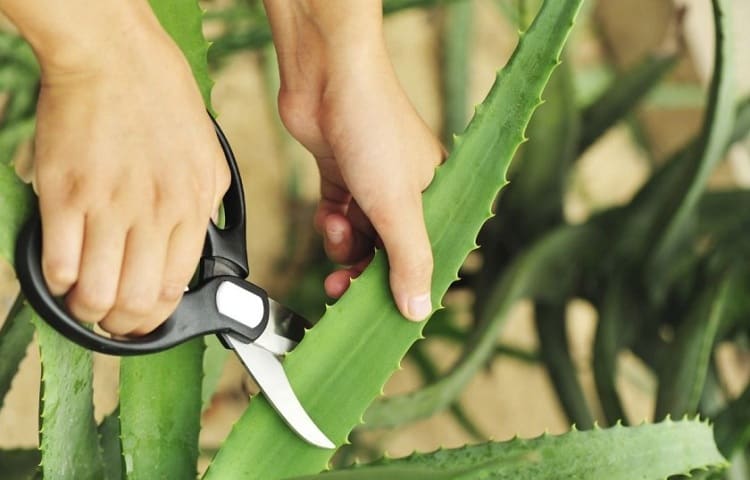
If you want to inform yourself about how to propagate aloe plants, there are two main methods that you can use.
The first is to propagate the aloe by cutting its leaves, and the second is to grow new plants from pups.
Typically, the second method reaps better results, but you can use either way to experiment with how to propagate aloe plants.
Propagating Via Cutting Leaves
You can find how to propagate aloe by cutting off a piece of the stem or the leaf, but this is quite a tricky method.
The leaf may rot before it roots, but many gardeners use this method successfully because they take care to grow the leaf into a healthy plant.
Sanitize a knife to prevent infection and cut the aloe in a downward motion towards the stem to remove the leaf.
Place the cutting in a warm area until a film forms over the wound. This process may take a few days or up to two weeks.
Place cactus soil in a pot with drainage holes. Lightly moisten the ground with water and place the cutting in the soil so that at least two-thirds of the cutting is above the soil surface.
If you have root hormones, this will aid the plant’s growth. Otherwise, you can dip the raw end of the cutting into honey or cinnamon to promote root growth.
Keep the soil damp for the first month after planting. Once the aloe cutting grows roots, you can wait for the soil to dry completely before watering it further.
The leaf may wither and shrink, but this is normal. Keep giving it water every time the soil dries out to ensure sufficient nutrition to maintain healthy growth.
Propagating Via Separating Pups
When learning how to propagate aloe, it is more common to separate the pups.
Pups are small, individual plants that grow off the “mother” plant and are easy to remove.
Pups also grow easier than cuttings which is why gardeners favor this method of propagation.
Pups, offshoots, or offsets share the root system of the original plants.
Therefore, wait until the pups are sturdy enough before removing them from the parent plant.
The rule is that these offsets should be one-fifth the size of the mature plant before you remove them.
Alternatively, the pups should have enough viable leaves of their own to begin new, separate growth.
Once you identify an excellent size pup, you can use a sanitized knife for removal.
First, ensure the blade is also sharp to make a clean cut. Next, remove the pup with its complete root system by scraping the soil away from its base.
Use the potting soil mixture discussed earlier and a pot with good drainage.
Place the pup in the soil and leave it there for a week before watering the offset. Then, care for your aloe plant as usual by not overwatering it.
Should You Grow Aloe From Seed?
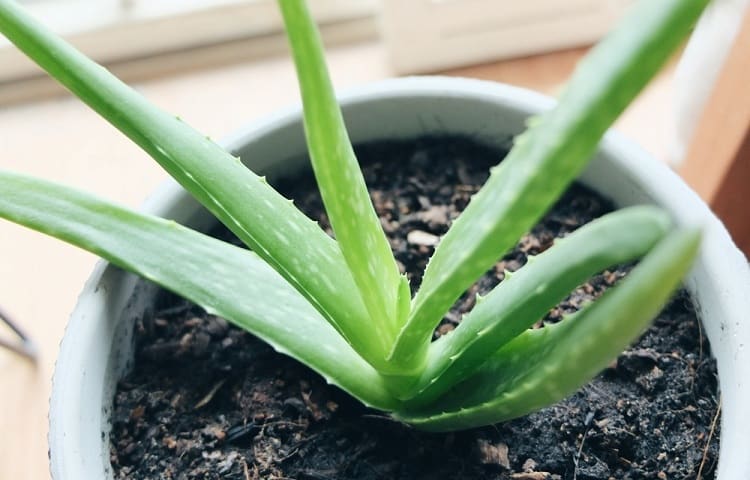
Aloe cuttings grow quicker than seeds, but some gardeners enjoy the process of starting their plants from scratch.
How to propagate aloe from seeds means that you should know how to collect them from this plant.
Aloes will only produce viable seeds once they are four years or older, depending on the plant variety.
Only once the aloe begins flowering will it produce seed. Then, after the flowers die and the petals fall off, you can collect the seeds.
The seeds are flat, tiny, and a black to grayish-brown shade. Only collect dark seeds as you won’t be able to propagate plants from light or whitish seeds in color.
When the seeds are ready, you can pop or split the pod to extract the seeds.
Then, you can plant them right away or store them in a cool dark place and plant them within a year of harvesting.
Plant the seeds approximately 2.5 centimeters apart and cover them with a thin layer of sand.
Potting them is preferable to plant them directly in the garden, but you should be successful in how to propagate aloe seeds if the climate is 75 °F.
Placing a plastic bag around the pot also increases humidity which is ideal for germination.
Water the soil with a light misting until the seeds begin to sprout, which can take between two and four weeks.
Keep the plants in a warm environment or a unique heat source until they grow roots.
You can also water them from below in a flat pot bed until they strengthen.
Once the aloe seeds are strong and have at least four leaves each, you can transplant them into a larger container.
Best Soil For Propagating Aloe
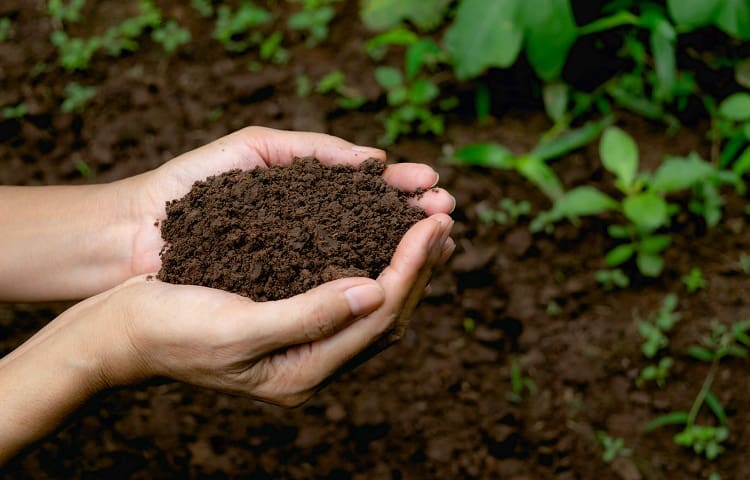
How to propagate aloe from leaf or stem cuttings or pups requires a particular soil mix.
However, you can use these instructions to get the best from this propagation method:
#1 Soil mixture for cuttings or pups
Use one part sand and one part potting soil if you don’t have cactus soil.
Mix the two soil types and place them in the pot over a layer of gravel to improve drainage.
Get the soil’s pH level to between 6 and 8 points. Introduce a little lime to achieve this pH level if necessary.
#2 Soil mix for aloe seeds
Should you prefer to grow aloe seeds, then you can use these soil mix methods.
Plant the seeds in a soil mixture of peat and potting sand. Ensure the pot or garden area drains well as too much water will cause them to rot.
Another successful soil mixture consists of perlite, sand, and sterile compost.
Soil should be devoid of microorganisms that may cause disease. It should also not be too wet.
Unfortunately, using soil devoid of pathogens can also promote fungal growth, so you need to keep a close eye on the seedlings.
After the aloe seedlings emerge above the soil, you can transplant them into larger containers.
You can use a sterile mix of pumice, coarse sand, and organic material at this stage.
Follow this ratio for the best results:
- Three parts pumice
- One and a half parts coarse sand
- Three parts sterile organic material
Is Rooting Hormone Necessary?
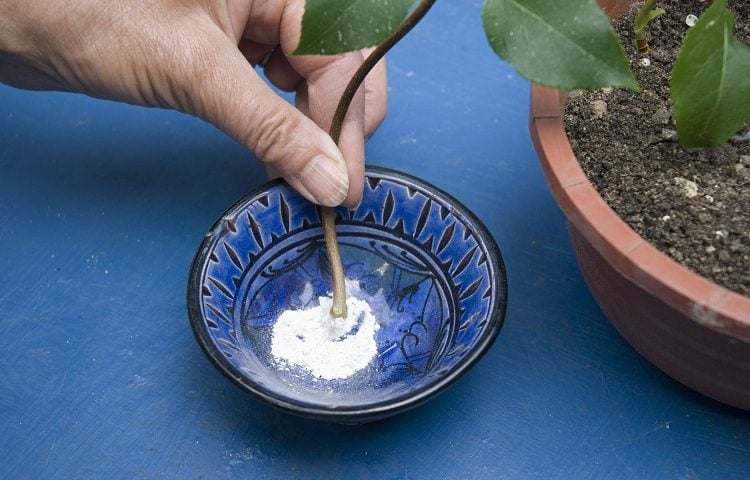
It isn’t essential to use rooting hormone when you want to learn how to propagate aloe, but it does help.
Aloes have a natural rooting hormone which you find in the gel of the leaves.
This gel wards off bacteria and fungi, allowing your plant to grow into a healthy, mature plant.
Other natural rooting hormone stimulants are available (mainly in the home) to start your new aloe plant off on a solid footing.
For example, you can use the following items as natural hormone boosters when you want to know how to propagate aloe roots at home:
- Honey
- Aspirin
- Apple cider vinegar
- Cinnamon powder (not sticks)
- Aloe vera gel
- Human saliva
Conclusion
Finding out how to propagate aloe from the seeds, cuttings, or pups helps gardeners decide which method will suit them the best.
You can try all three ways to check which one works for your green fingers.
Use a natural rooting hormone with home items to give your aloe cuttings or seeds an extra boost.
Use as much of an organic process as possible to add to the satisfying process of learning how to propagate aloe from the comfort of your home.
Resources:

